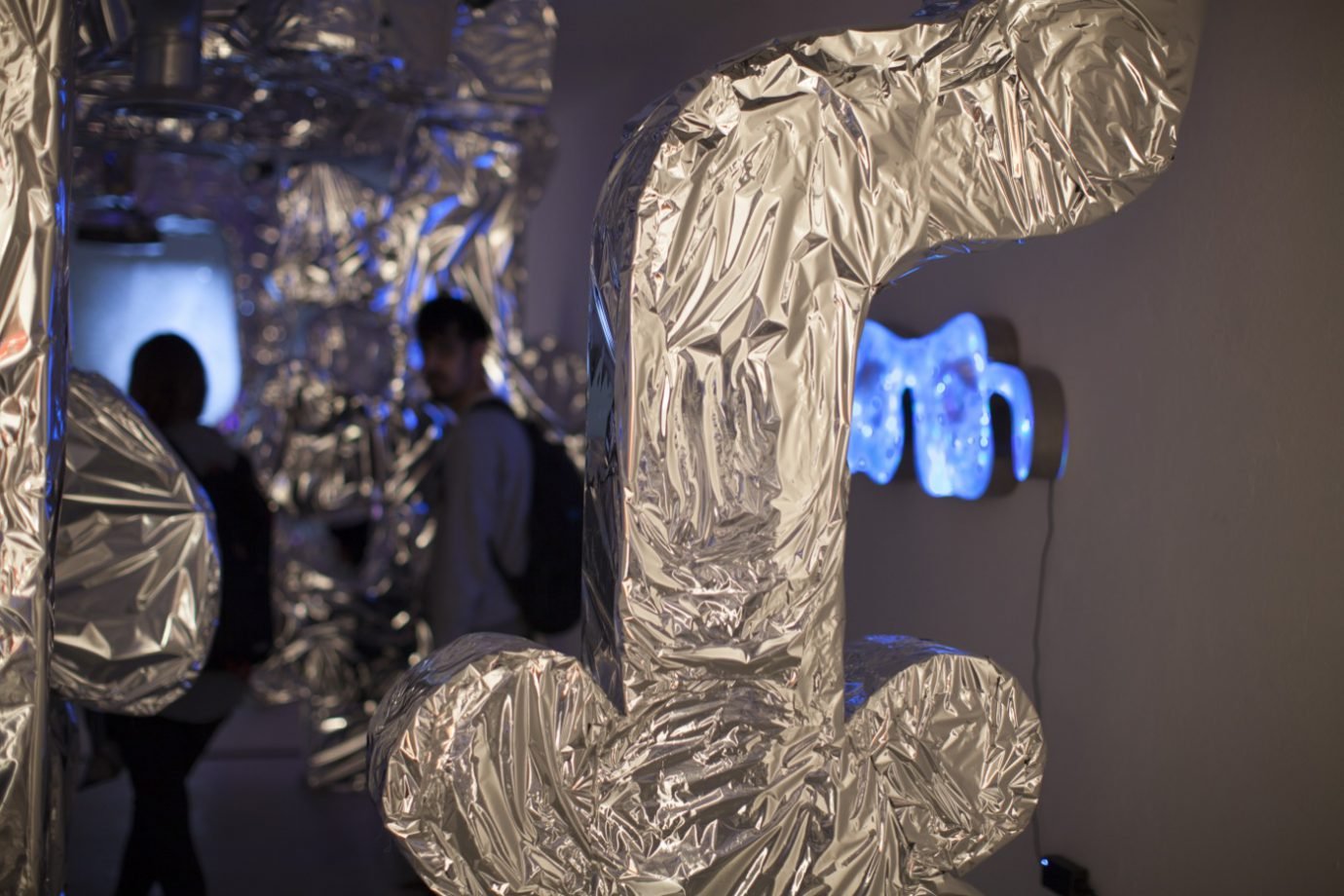Stephanie’s bedroom is a wonderland of details, colours, objects, and art projects that are a reflection of her personality. Yet it is not chaotic: every single detail has found its rightful place making the puzzle complete. ‘’I am a really weird mixture of the stuff I love, as you can see,’’ Stephanie says, pointing to the layers on her dungarees. ’’But I am constantly trying to get rid of stuff because if things aren’t organised, I get super stressed.’’ This ideology of objects and feelings extends to her book which comes complete with various gifts from Stephanie’s personal collection — a birthday cake topper from her eight-birthday, a dog toy she played with at seven, hair clips, her Nana’s rose quartz. Things that hold huge emotional value for her, but with which she can spread joy. ‘’I encourage people to pass these gifts on,’’ Francis-Shanahan says. ‘’Giving and sharing unexpected small joys actually often feel bigger than grand gestures.’’ As she puts it, the book represents her professional self, whereas the gifts represent a more personal part of her.
The initial foray for the book was born when Stephanie staged her first art show last year. ‘’I have struggled to fit within the fine art world,’’ she says. ‘’So, I created a solo show in my own house — and I wanted to make a book based on that.’’ But the journey wasn’t that straightforward as Covid-19 restricted Stephanie’s plans and her mother became ill. “At the time I couldn’t get my head together,’’ she says. When the storm slowly abated Stephanie decided to take action: ‘’I realised it was the perfect opportunity to bring this alive with my major project at Saint Martin’s,’’ she says with excitement in her voice.



















